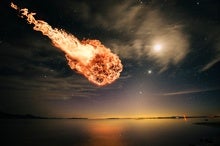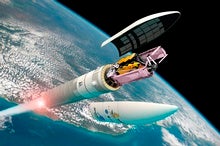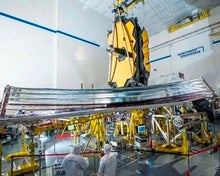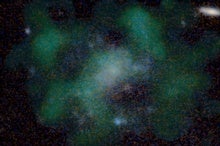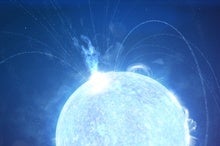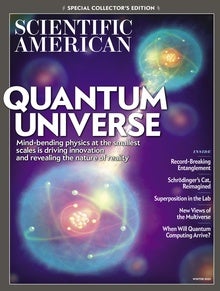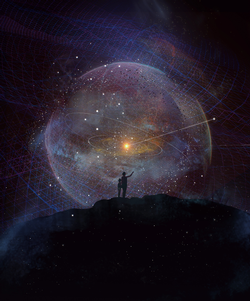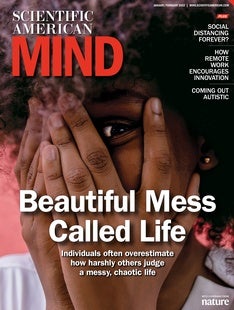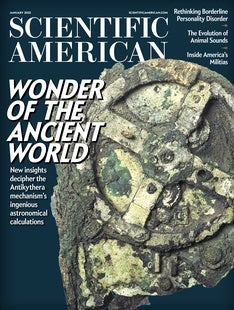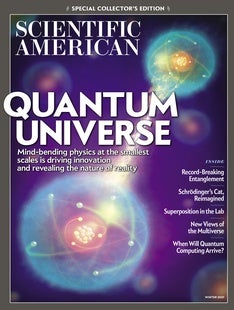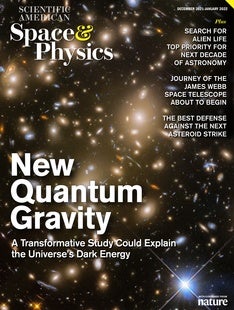 |
| January 06, 2022 |
Dear Reader,
Welcome back, and Happy New Year! Our lead story this week looks ahead, well beyond 2022, to coming decades when multiple recently proposed missions—one from the U.S., another from China—may embark on voyages into interstellar space. But so far this year's biggest "space" story is undoubtedly the successful launch and ongoing deployment of the James Webb Space Telescope, a multibillion-dollar observatory meant to glimpse the universe's very first stars and galaxies and much, much more. Read on for updates on this exciting mission, as well as stories on NetFlix's astral disaster film Don't Look Up, galaxies strangely bereft of dark matter, supercharged stellar explosions and some quantum solace for the holiday blues. |
| |
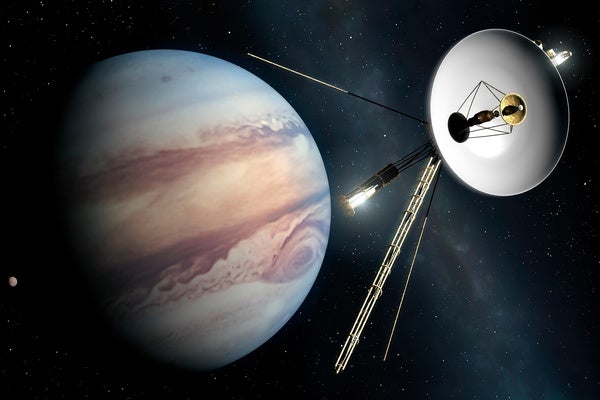 |
| |
| |
| |
| |
| |
| |
| |
FROM THE STORE
 | | | |
| QUOTE OF THE DAY
 "Unfolding Webb's sunshield in space is an incredible milestone, crucial to the success of the mission. Thousands of parts had to work with precision for this marvel of engineering to fully unfurl. The team has accomplished an audacious feat with the complexity of this deployment – one of the boldest undertakings yet for Webb." Gregory L. Robinson, NASA's program director for the James Webb Space Telescope | |
| |
FROM THE ARCHIVE
 | | | |
LATEST ISSUES
 |
| |
| Questions? Comments?  | |
| Download the Scientific American App |
| |
| |



